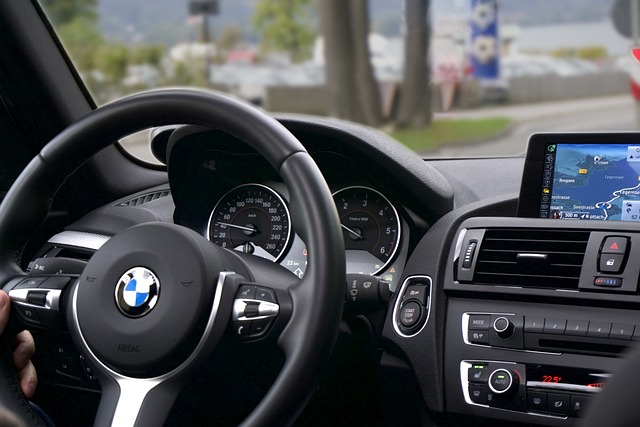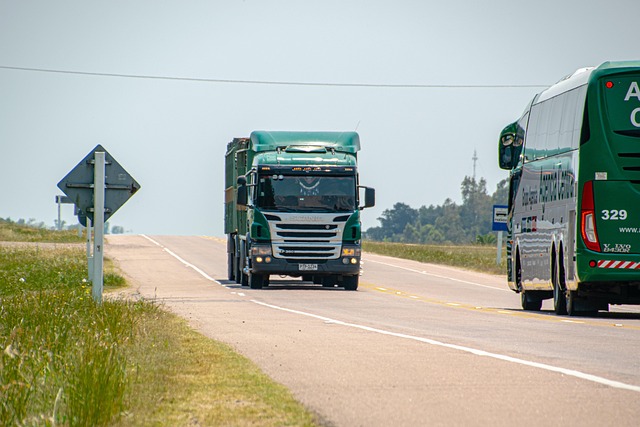Looking to register your car in California? This comprehensive guide walks you through the process step-by-step. From understanding the essential requirements for car registration in the Golden State, to gathering necessary documents for VIN verification, and completing the registration process at the DMV—we’ve got you covered. A key part of the process involves performing a Vehicle Identification Number (VIN) check, ensuring your vehicle’s authenticity. Follow these instructions precisely to pay the required fees, obtain your registration papers, and hit the road legally.
- Understand the Requirements for Car Registration in California
- Gather Necessary Documents for VIN Verification
- Perform a Vehicle Identification Number (VIN) Check
- Complete the Registration Process at the DMV
- Pay the Required Fees and Obtain Your Registration Papers
Understand the Requirements for Car Registration in California

Before registering your car in California, it’s crucial to understand what’s required. The Golden State has specific guidelines for vehicle registration, ensuring safety and compliance with environmental standards. One key step is verifying the Vehicle Identification Number (VIN). This unique 17-character code acts as a fingerprint for your car, and accurate VIN verification is essential during the registration process. In California, you can complete this through traditional methods like visiting a DMV office or online services.
However, for added convenience, many residents opt for mobile VIN verification services. These solutions allow you to get the necessary VIN inspection from anywhere using a smartphone app. A reliable mobile vin verifier or mobile vin inspection service can streamline the initial registration process by providing instant, accurate data, making it a popular and efficient choice among California drivers.
Gather Necessary Documents for VIN Verification

Before registering your car in California, you’ll need to gather essential documents for VIN (Vehicle Identification Number) verification. This process is crucial as it ensures that the vehicle’s details match the information provided by the manufacturer. For a seamless mobile vin verification or vin inspection, have ready the following:
1. Your vehicle’s title, which proves ownership.
2. A valid registration certificate from the previous state of residence (if applicable).
3. A completed California Vehicle Registration Application form.
4. Proof of insurance that meets California’s minimum liability requirements.
5. The required fees for registration and any associated taxes.
6. If applicable, documentation regarding any liens on the vehicle.
Perform a Vehicle Identification Number (VIN) Check

Before registering your car in California, it’s crucial to perform a Vehicle Identification Number (VIN) check. This step ensures that the vehicle is as described and has no outstanding issues. You can conduct a VIN verification through various online services or by visiting a local DMV office. A quick mobile vin inspection or mobile vin verification can save you time and help avoid potential problems later.
By checking the VIN, you can confirm the vehicle’s history, including its previous owners, maintenance records, and any accidents or damages. This information is essential when determining the car’s value and ensuring it meets California’s registration requirements. An accurate VIN inspection is a critical part of the registration process, helping to maintain the state’s record-keeping integrity.
Complete the Registration Process at the DMV

After gathering all necessary documents, the next step in registering your car in California is to complete the registration process at the Department of Motor Vehicles (DMV). This involves presenting your papers and passing a vin inspection, also known as a Vehicle Identification Number (VIN) verification. The DMV will cross-check your vehicle’s details against their records and ensure that all information is accurate and up-to-date.
A crucial component of this process is ensuring your car’s VIN is verified accurately. You can facilitate this with a mobile vin verifier, which allows you to conduct the inspection promptly at the DMV. This technology simplifies the process by providing real-time data, making it easier for staff to confirm your vehicle’s authenticity and complete your registration without delays.
Pay the Required Fees and Obtain Your Registration Papers

After completing your vehicle’s inspection and ensuring it meets all safety standards, the next step in registering your car in California involves paying the required fees. This includes a registration fee set by the state, which covers vehicle registration and license plate costs. Additionally, you’ll need to pay for a vehicle identification number (VIN) verification, which is crucial for accurate record-keeping and ensuring the car’s history is traceable. A mobile VIN verifier can be a convenient option, allowing you to complete this process efficiently without visiting a DMV office.
Obtaining your registration papers is a critical part of the procedure. These documents officially recognize your vehicle as registered in California. They include details such as your vehicle’s make, model, year, and unique VIN number, which has been verified during the inspection process. With these papers in hand, you can proudly showcase that your car is legally registered and ready to hit the roads of California.
Registering a car in California is a straightforward process that requires understanding specific requirements, gathering essential documents, and completing a VIN verification. By following these steps, from preparing necessary paperwork to performing a vehicle identification number (VIN) check, you’ll be well on your way to securing your vehicle’s registration at the Department of Motor Vehicles (DMV). Remember, a proper registration not only ensures legal compliance but also contributes to California’s efficient management of vehicle records and road safety.



